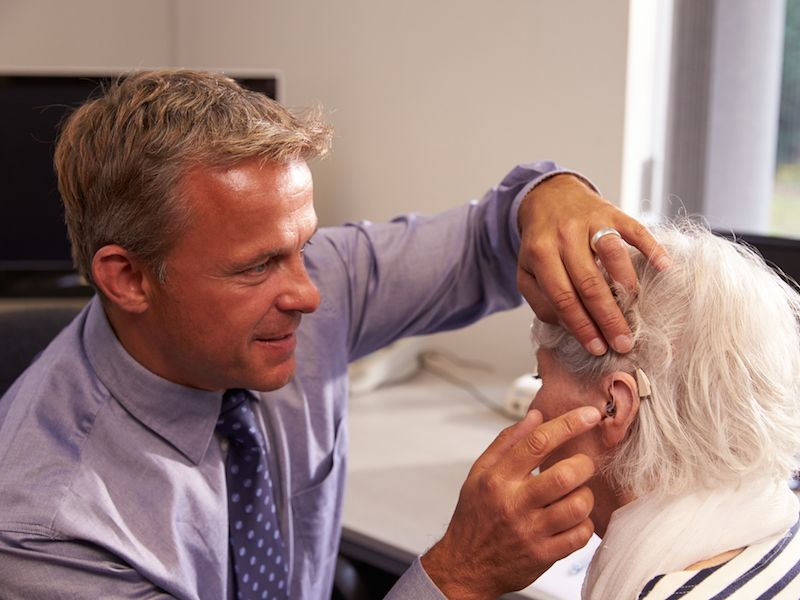
The numbers don’t lie: at some point in your life, you’re probably going to require a hearing aid. A study from NIDCD states that approximately a quarter of all people between the ages of 60 and 75 have some kind of hearing loss, and that figure jumps up to 50% for those 75 and older. The best way to fight age-related hearing loss is to wear a hearing aid, but how can you be sure which type is best for you? Advances in technology through the years have fixed some of the problems generally associated with hearing aids, like too much background noise and vulnerability to water damage. But there’s still a lot you should know when deciding on a hearing aid to make sure it works with your lifestyle.
Pay Attention to Directionality
Directionality is one crucial feature you should look for, which is the ability for your hearing aid to focus on the specific noise near you (such as a discussion) while keeping background sound to a minimum. Many hearing aids have different directionality systems, which either focus on the sound right in front of you, the sound that’s coming from different speakers, or a combination of those two.
Will Your Hearing Aid Connect With Your Phone?
It’s become obvious, we’re addicted to our phone as a country. Even if you don’t have a smartphone, it’s likely you have an old-style cell phone. And on the unlikely event that you don’t have any type of cell phone, you probably still have a land-line. So, when you’re testing different hearing aids, you will want to see how they work with your phone. How does it sound? Are you capable of discerning voices precisely? Is it Comfortable? Is it Bluetooth Ready? These are all the things you should consider when looking at new hearing aids.
What is The Likelihood You Would Actually Wear it?
In the past few years, as noted above, the development of hearing aids has significantly improved. One of those advances has been the size and shape of hearing aids, which are a lot smaller today. Nevertheless, there will always be some trade-offs. A smaller hearing aid might not be as powerful as a larger one, so it mostly depends on your hearing professional’s recommendation and what you need to accomplish with your hearing aid. The little models won’t have the features of the larger models and they could get clogged with earwax but they fit inside your ears virtually imperceptibility. On the other hand, better directionality functions and more advanced sound amplification options come with a behind the ear hearing aid though it’s a little bit larger.
What Type of Background Noise Will You be Exposed to?
One of the most significant issues since hearing aid technology has been invented has been wind noise and the chaos it causes to wearers. It could have driven anybody insane to go outside on a windy day and hear nothing but the wind. you live in a windy place or if you’re an outdoor person so you’ll want to get a hearing aid that suppresses wind noise so you can have conversations at an average volume and avoid the headaches that are associated with hearing aid wind noises. Inform yourself about the many hearing aid choices available to you. Call us.
